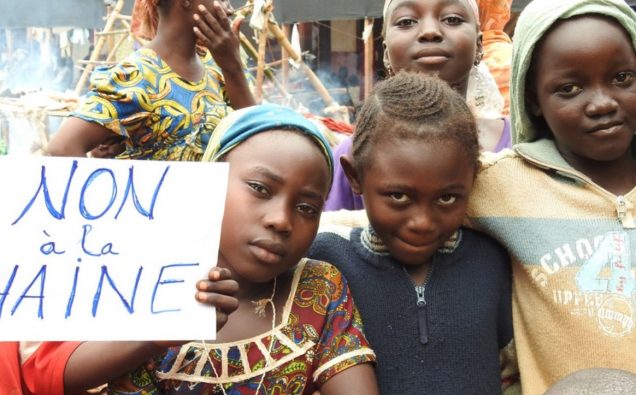
The United Nations has warned of rising intolerance against vulnerable communities around the world since the outbreak of coronavirus often manifesting itself in the form of blaming campaign and violence.
“A surge in stigma and racist discourse vilifying communities, spreading vile stereotypes and assigning blame,” are among the multiple examples of discrimination against minorities since the COVID-19 pandemic hit countries across the globe.
Expressing his alarm over these trends on the occasion of the International Day Commemorating the Victims of Violence Based on Religious Belief, which falls on 22 August, UN Secretary-General António Guterres discrimination against religious minorities has included attacks on people and religious sites, and hate crimes and atrocity crimes targeting populations because of their religion or belief.
Countering the acts of discrimination, the UN Chief says, demands more action to address the “root causes of intolerance and discrimination by promoting inclusion and respect for diversity,” as well as for the perpetrators of crimes of this nature to be held accountable.
“The right to freedom of religion or belief is firmly entrenched in international human rights law”, said the Secretary-General, “and is a cornerstone for inclusive, prosperous and peaceful societies.”
The UN has already launched a series of initiatives including a Call to Action for Human Rights, a Strategy on Hate Speech, and a Plan of Action to Safeguard Religious Sites.
Launching his Strategy on Hate Speech in June 2019, Mr. Guterres said that “a groundswell of xenophobia, racism and intolerance, violent misogyny, anti-Semitism and anti-Muslim hatred” are being seen around the world, and noted that, in some places, Christian communities were also being systematically attacked, according to a world body report.
The UN said Sunday that the Strategy aims to enable the UN to respond to “the impact of hate speech on societies”, Mr. Guterres explained, by bringing individuals and groups together who have opposing views; working with traditional and social media platforms; and developing communications guidance.

















